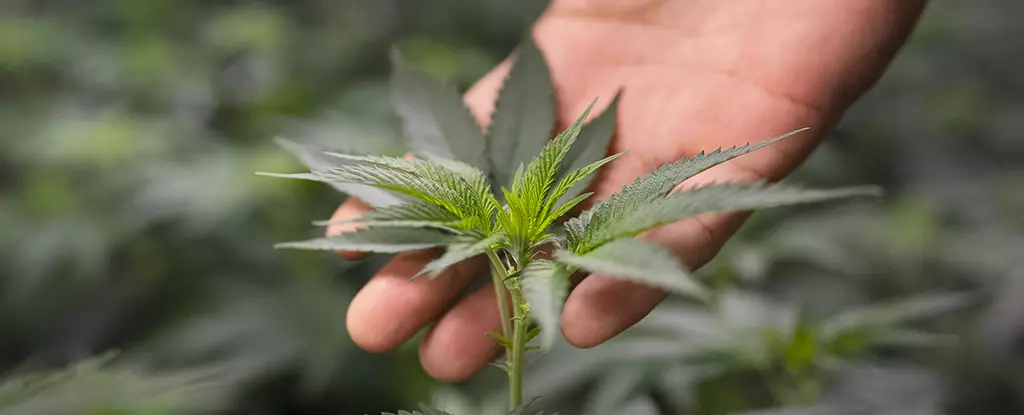In the midst of shifting attitudes and changing legislation surrounding cannabis in the United States, there has been a noticeable increase in the number of individuals using the drug on a regular basis. Recent data, analyzed by researchers from the University of Kentucky and the University of Louisville, indicates that cannabis use has been steadily on the rise across various demographics, with one notable exception – teenagers.
Surprisingly, the study revealed that cannabis use has more than doubled in higher-income households (earning $75,000 or more annually) and among individuals with college degrees. However, the prevalence of cannabis use among individuals aged 12 to 17 has remained stagnant. The data, gathered from 543,195 participants between 2013 and 2022 as part of the National Survey on Drug Use and Health, highlights this concerning trend.
The researchers attribute the increase in cannabis use to various factors, including the legalization of the drug in many states across the country. While there was no significant rise in cannabis use among teenagers during the study period, the overall prevalence of cannabis use increased from 7.59 percent to 15.11 percent over the nine years examined. The lack of increase in 2020 may be attributed to the impact of the COVID-19 pandemic and changes in data collection methods during that time.
The trend of increasing cannabis use aligns with the growing trend of legalization of the drug for both recreational and medical purposes. With 38 states allowing cannabis for medical use and 24 states permitting recreational use, the acceptance and accessibility of the drug have significantly increased. The researchers emphasize the need for further research to understand the influences driving cannabis use, including the impact of legalization, psychiatric comorbidities, and social perceptions of the drug.
Despite its popularity, cannabis remains a concerning psychoactive substance in the US, with approximately 61.9 million individuals, representing 22 percent of the population, reporting cannabis use in the past year. The potential negative effects of cannabis on the brain and body, such as an increased risk of psychotic episodes and cancer, underscore the importance of continued research into the health impacts of the drug.
The researchers stress the importance of utilizing these findings to inform prevention and harm reduction strategies aimed at curbing the prevalence of cannabis use in the US. As cannabis use continues to rise, it is imperative to understand the driving forces behind its popularity and to address any potential health risks associated with its consumption through targeted interventions and public health initiatives.



Leave a Reply